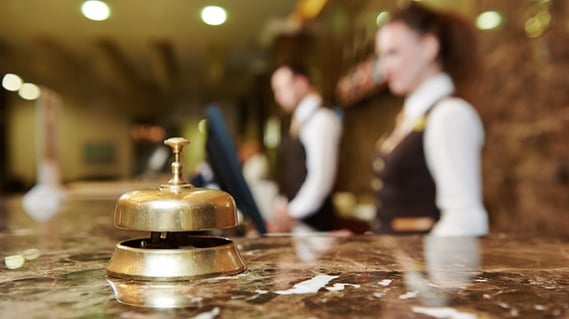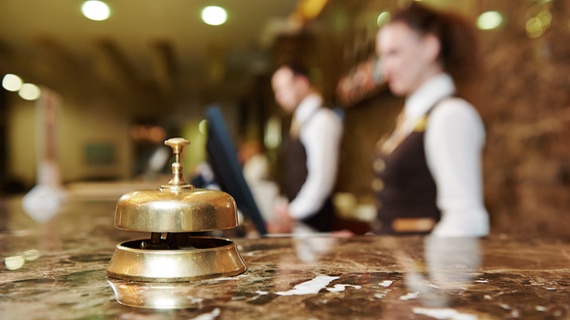
Since January 2016, there have been 235 confirmed cases of Legionnaires’ disease within the UK - of these, at least 45% of cases have occurred during travel within the UK and abroad that has involved overnight stays in accommodation.
This isn’t all that surprising when you consider the many types of water fittings present in hotels, such as pools, spas and showers - all of which can contribute to a higher risk of legionella. If you’re an estates or facilities manager in a hotel, or even just stay in a hotel regularly, you’ll benefit from knowing of the strange places that legionella may lurk…
Food display humidifiers
You wouldn’t think that something as simple (and enjoyable) as going for your dinner would subject you to deadly bacteria, but it can! Although unlikely, the humidifiers used to keep guests’ food nice and warm are in fact a possible source of legionella. In warm hotel buildings, water tanks supplying the humidifier are of a higher temperature. Any period of stagnation where the pipes aren’t being used can lead to scale, slime and biofilm build-up. All of these things create the perfect conditions for legionella to reproduce and multiply.
It’s not just the ones that spray in the air that can be harmful, either; evaporating or steam humidifiers can also act as aerosols that can spread the bacteria to humans.
Water sprinklers
How much harm can a sprinkle of water to hydrate the grass outside really do? A lot, potentially. Water sprinklers, by definition, spray out water droplets that may be small enough for people nearby to breathe in. There is a higher risk of legionella being present in these droplets due to the irrigation system being outside, where temperatures are high enough for it to grow.
Ornamental fountains
Water features like fountains are associated with a high risk of legionella because of their design. Just like water sprinklers, their purpose is to spray water, and whilst this looks attractive, the aerosol produced is a key way that legionella is transmitted. Several components such as remote lighting, UV units and pumps can also increase the temperature of the water, especially in cases where lights are submerged within the water, which encourages the growth of bacteria.
Automatic faucets
In the age of convenience, the ability to wash your hands as easy and as quickly as possible should only be a good thing. However, a 2011 study by John Hopkins Medicine found that legionella was present in 50% of water samples taken from an automatic faucet in comparison to just 15% from a manual faucet. It is thought that the more complex valve system provides an increased surface area for the bacteria to multiply.
Spa pools
Hot tubs, jacuzzis, whirlpool spas, pools and the like are recognised sources where legionella can reside. Since nearly all hotels today have them, it’s no surprise that is one of the most common ways that legionella is transmitted in the hospitality industry. The water circulation in these facilities, coupled with the accumulation of nutrients from the dirt and dead skin of the people that use the pool, provide a suitable breeding environment for the bacteria. Even those who don’t actually use the pool or spa, but are near it, can breathe in water particles contaminated with the bacteria.
As you can see, legionella can grow in the strangest of places. Often, it is not the appliance itself that increases the risk of legionella, but the way it is installed and where it is located. Learn more about how you can address these risks by downloading our guide to ensure legionella safety in your hotel.








